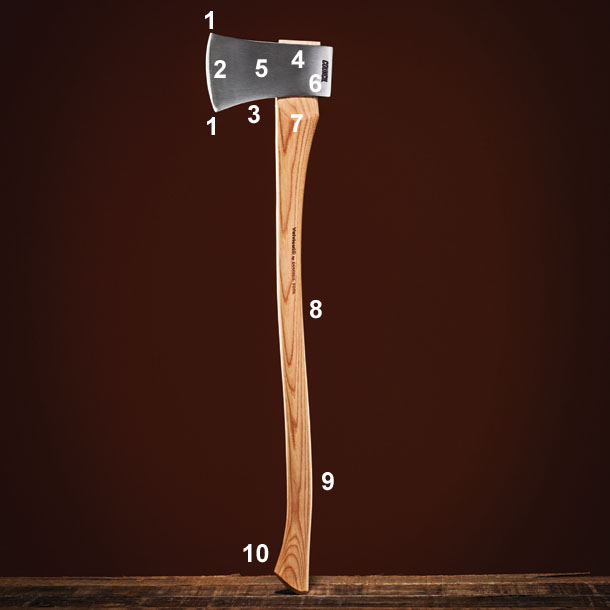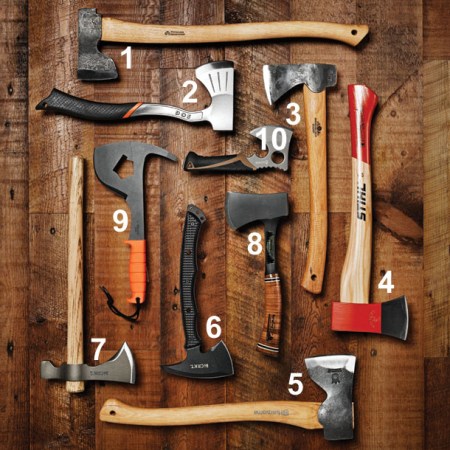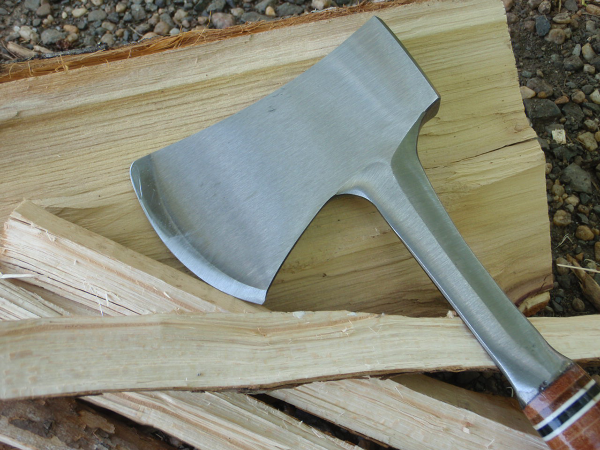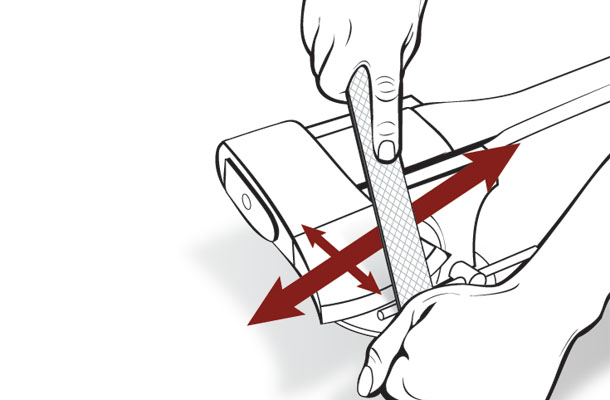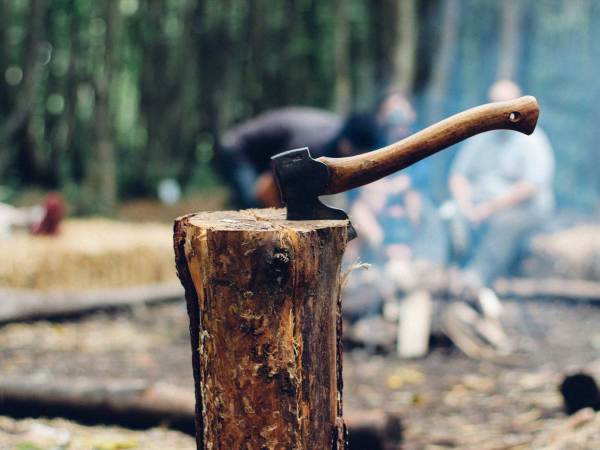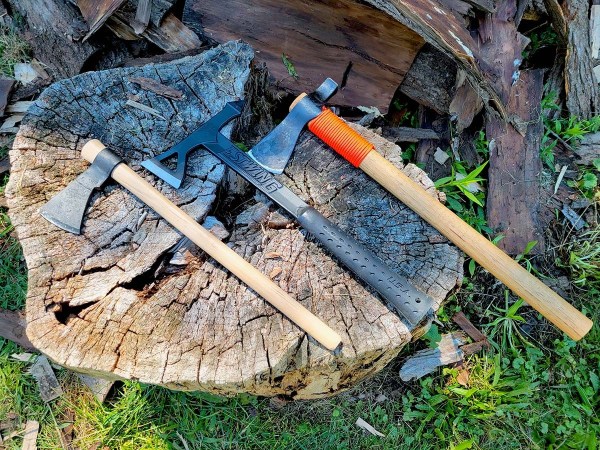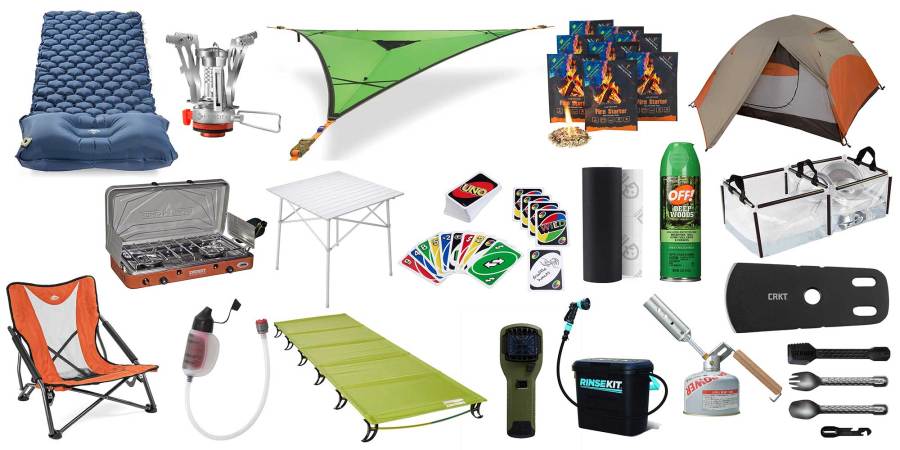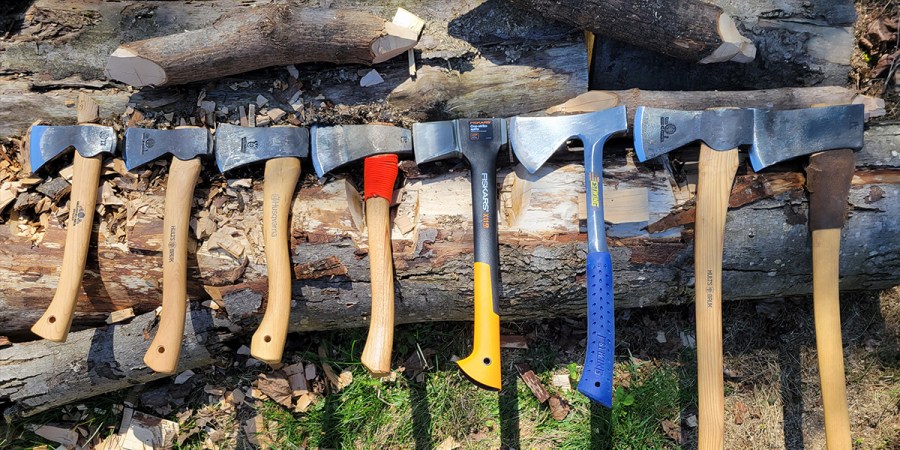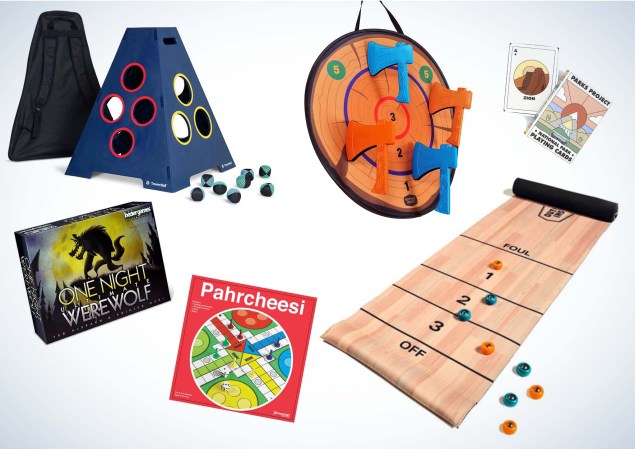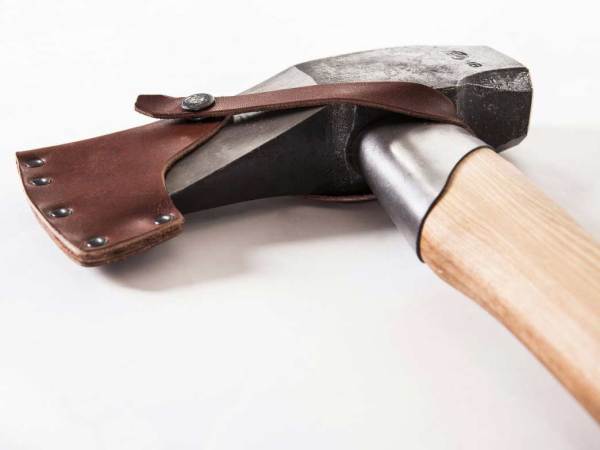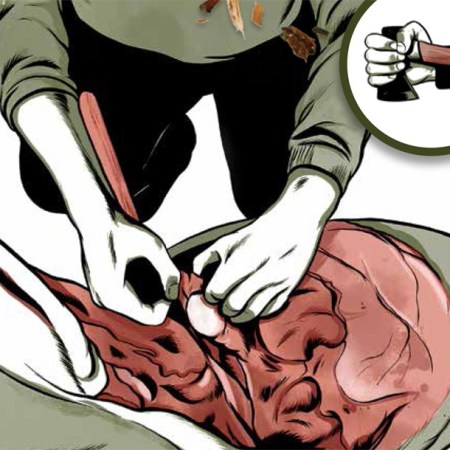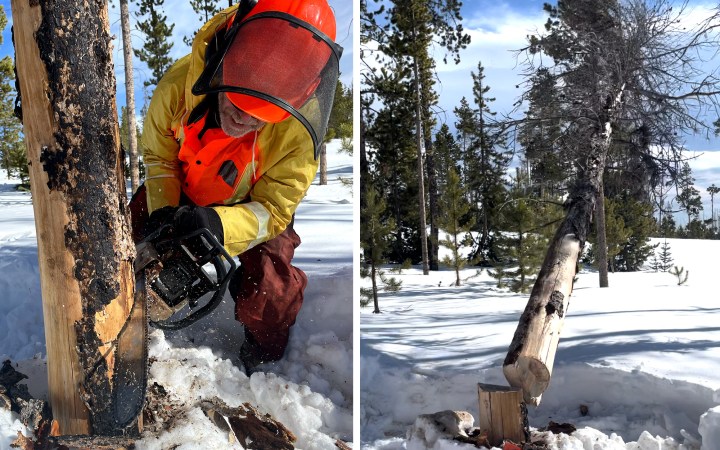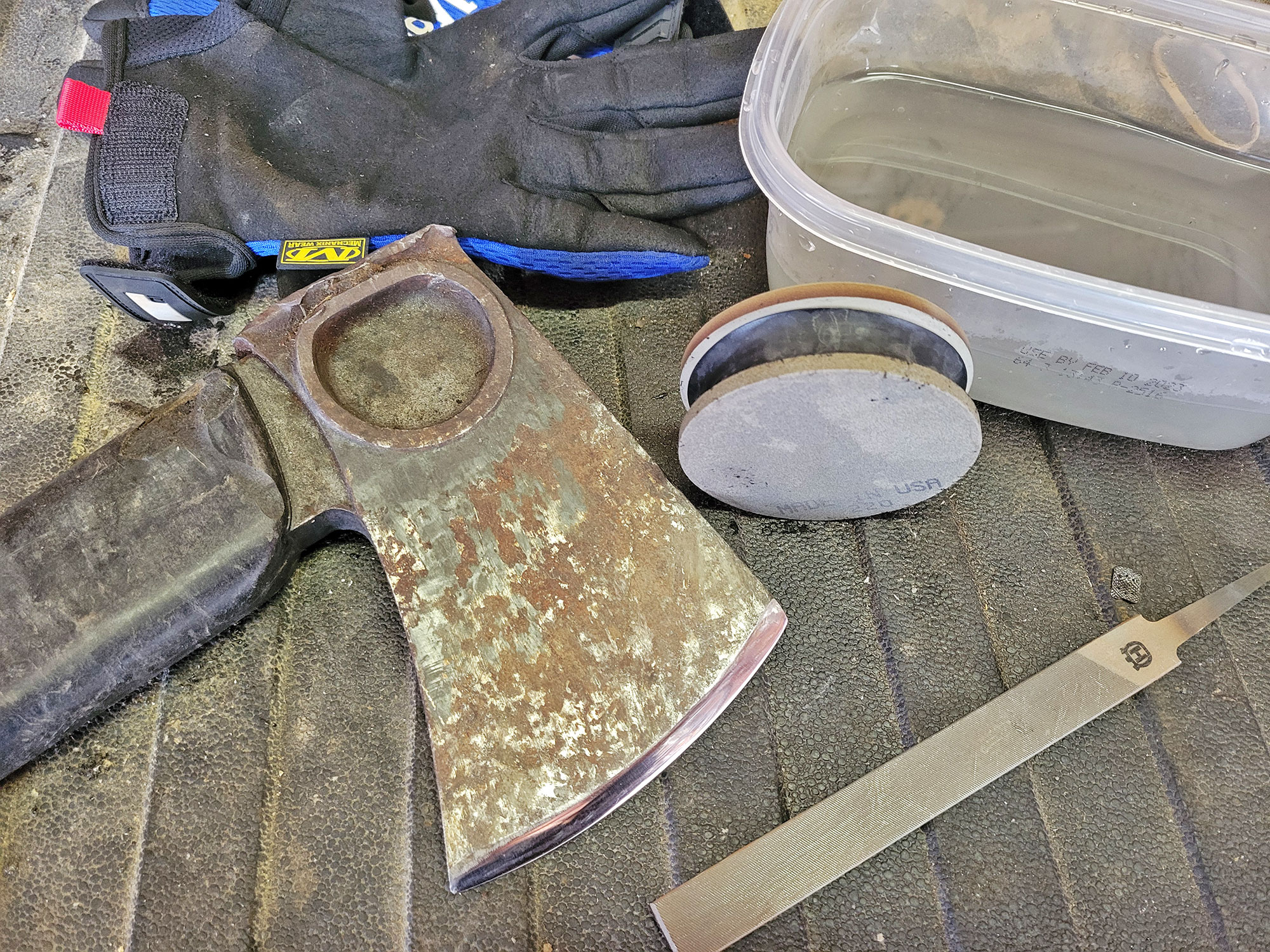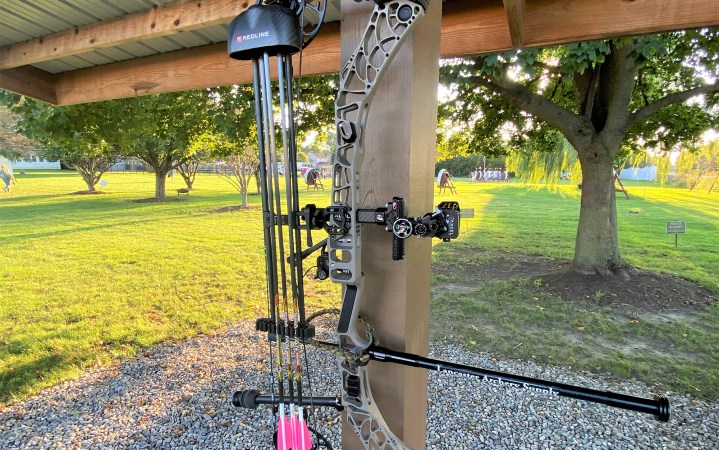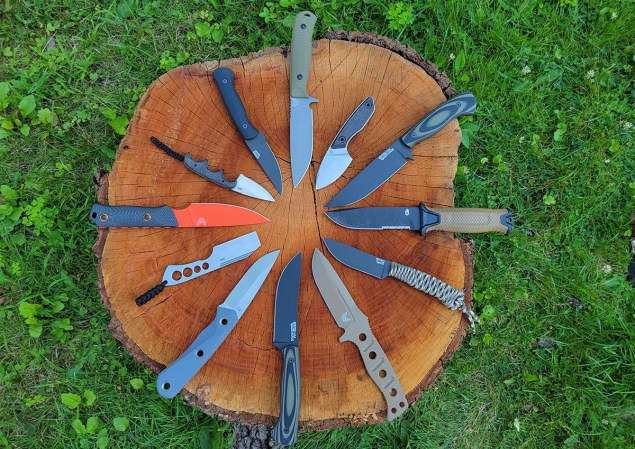We may earn revenue from the products available on this page and participate in affiliate programs. Learn More ›
Photo by Adam Levey; Pictured: Council Tools Velvicut Bad Axe Boys Axe
Head: Ax heads are made of either low- or high-carbon steel and configured in many different ways to accomplish a wide variety of tasks.
Haft: Traditionally made from hickory or ash. Some modern axes have synthetic hafts. The grain of a wooden haft should be straight along its length.
1. Toe and Heel: The upper and lower corners of the bit, respectively.
2. Bit and Cutting Edge: An ax blade is known as the bit. Its cutting edge typically has a primary (10 degree) and secondary (15-20 degree) bevel.
3. Beard: The part of the bit that descends below the head. Broad and carpenter’s axes have more pronounced beards than felling and splitting axes.
4. Eye: The slot in the head in which the haft is mounted. To lock it, a wooden wedge is pounded into the haft end, followed by a smaller steel wedge.
5. Cheek: The wide, flat, typically concave area on either side of the head between the bit and the poll.
6. Poll: Also known as the butt. Depending on its design, it can serve different purposes, including hammering, digging, punching, and even skinning.
7. Shoulder: The upper part of the haft that includes the area below the head and the part that fits into the eye.
8. Belly and Back: The contoured belly is the longest part of the haft. The top side of the belly is aptly called the back.
9. Throat: The part of the haft that curves sharply from the belly to the grip and knob.
10. Grip and Knob: The knob of the haft is designed to prevent the user’s hand from sliding off the grip during the swing.
